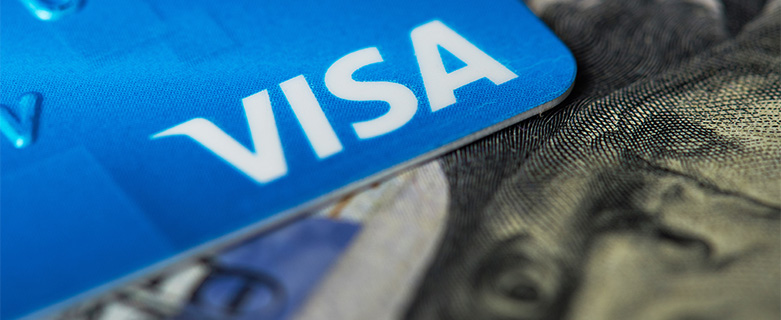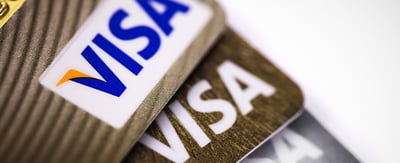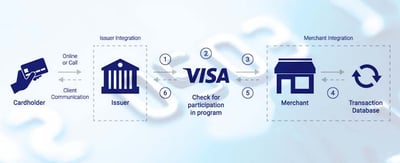
Visa's Compelling Evidence 3.0 Aims to Help Merchants Effectively Dispute Fraud Claims on Card-Not-Present Transactions
By Alex Novak on Mar 22, 2023
Chargeback representment is the process by which a merchant disputes a chargeback that a cardholder has filed with their bank or card issuer. In such cases, the merchant is required to provide evidence in support of the rebuttal letter disputing the chargeback. This evidence is known as compelling evidence, which is essentially a set of guidelines provided by the card brand to help merchants respond to claims of fraud by cardholders. Visa recently announced important changes to its compelling evidence guidelines, known as Compelling Evidence 3.0, which aim to benefit merchants by enabling them to immediately respond to fraud claims on card-not-present (CNP) transactions.
Visa's announcement last summer introduced significant changes to the chargeback representment process, calling these changes Compelling Evidence 3.0. This update is expected to help merchants more easily dispute fraud claims by cardholders. Due to the rise in CNP transactions, these fraud claims have increased in recent years. While the new system is expected to benefit merchants, it will require adjustments on their part.
Visa has updated its rules for merchant responses to chargebacks that are categorized under reason code 10.4 for "Fraud-Card Absent Environment" through Compelling Evidence 3.0. These new rules provide merchants with guidelines on how to respond to fraud claims on CNP transactions that they believe were legitimate. If the merchant provides the evidence required under these new guidelines, the liability for any ensuing chargeback will shift from the merchant and acquirer to the issuer.
Compelling Evidence 3.0 provides merchants with a way to dispute chargebacks effectively. By presenting evidence of previous non-fraudulent transactions with the same cardholder, they can successfully dispute 10.4 chargebacks. Merchants need to provide specific information to dispute these chargebacks. This includes a demonstration of a minimum of two transactions by the same cardholder with the same payment method that were settled at least 120 days prior to the dispute date. Both transactions must be non-disputed and non-fraudulent. Additionally, at least two of the core data elements must match between prior transactions and the disputed transaction. One of the two must be either IP address or Device ID. By meeting these requirements, merchants can effectively dispute chargebacks and protect their business from unnecessary financial loss. The core data elements are customer account/login ID, IP address, shipping address, and device ID/device fingerprint.
Compelling Evidence 3.0 can be used in the pre-dispute stage through Verifi Order Insight or post-dispute through VROL during the pre-arbitration stage. The pre-dispute option has the added benefit of deflecting the chargeback, preventing it from affecting the merchant's chargeback ratio.
This update is an enhancement to Visa's previous rules that have been in place since 2013. Under the previous rules, issuers could still hold merchants liable even if they provided the required evidence. Under Compelling Evidence 3.0, issuers must accept liability for any ensuing chargebacks if the merchant provides the required evidence. If merchants do not have the required evidence, they can still dispute 10.4 chargebacks with other evidence. However, such representment efforts outside of Compelling Evidence 3.0 do not guarantee the shift of liability to the issuer and may not be eligible for pre-dispute resolution through Order Insight.
Visa intends for Compelling Evidence 3.0 to standardize the information required to prove a prior relationship and transaction history between the cardholder and the merchant. The use of Compelling Evidence 3.0's standards should make it easier for issuers to recognize the relationship between the cardholder and the merchant, enabling all parties to recognize and accept the merchant's rebuttal to those first-party fraud claims.


